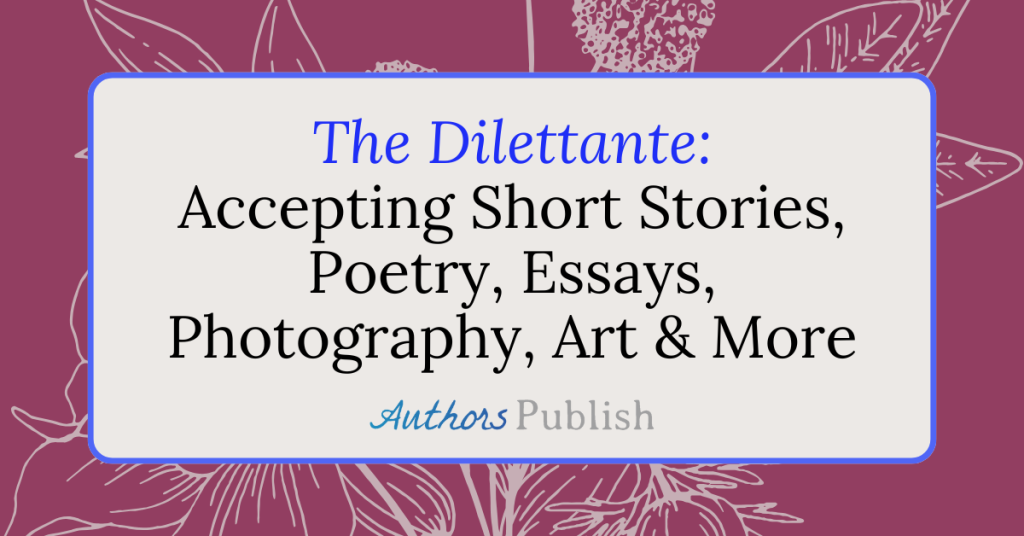By Ann Ingalls
The first word I ever read and made sense of was the word come. I sat alone at my parents’ dining room table. Held my book and it occurred to me that C made a hard sound. M made a soothing sound. That was enough information to read the word. I was gob-smacked! A new world of reading had opened up to me!
If you want to write emergent readers, that’s the kind of child for whom you’ll write.
Your prospective audience is not yet reading but they are beginning to find connections between letter sounds (mostly consonants) and words. They begin to recognize words even though they can’t read an entire sentence. Connections between letters and words and spoken and written words happen over time and with experience.
Emergent readers are designed for children who may be reading alone. A teacher or parent might read a book to children before allowing them to study it independently. Children remember that first read and can guess at a few unfamiliar words.
How will you do it?
Don’t be fooled. Writing an emergent reader is harder than it looks. Before you begin, read as many of them as you can. Study them. Analyze them. I bought a bunch at a thrift store and on Amazon and deconstructed them. I highlighted high interest words, narration, and dialogue with different colored markers. This helped a lot.
Study word lists (Here’s one: https://www.k12reader.com/subject/vocabulary/fry-words/ for grades K-8.) Imagine you are telling your story to a young child. Keep the language simple. Think of words kindergartners and first graders know. A few complex words can be added but limit that to about 8-10 per 100-word manuscript. You can repeat these words throughout the text. Don’t count them a second time. When I wrote Ice Cream Soup, the most difficult words were “soup” and “goop”, words clearly not on kindergarten and first grade word lists.
For a Level One reader, sit down and write the very best 60-100 word story you can. Make sure your story has a simple story arc and a clear beginning, middle and an end. Nonfiction leveled readers can be circular, i.e., a seed to a tree and back to seeds. Level One readers sell best. Publishers receive fewer of these. Each publisher has a slightly different idea of what these will look like. Study publishers’ websites often to get the best idea of exactly what they like.
Grab your reader’s attention with the first line or two. Do it with language that is familiar and interesting. Choose a topic has universal appeal to children. Would children rather read about cultivating lettuce or baboons?
For the very earliest readers, make suggestions in illustrator’s notes. It isn’t typical to do this but when you are limited with text, that may be the only means you have of communicating what is happening. Most editors with whom I have worked agree with this.
Read your book out loud, over and over again. Run it by your critique group to see if they stumble over any parts or find that the text drags. Work it and rework it until it sings.
If you like to write in rhyme as I do, see who publishes that. Random House, Scholastic, and some children’s press books are done in rhyme. For emergent readers, rhyme provides an auditory clue to the next word.
Here’s your challenge. Write a leveled readers after studying dozens of them. Decide which level you will write and then ask yourself these questions:
- Did the topic emerge early in the story?
- Did I use realistic age-appropriate language?
- Did I use simple sentences?
- Is my story character-based? This type of story appeals to very young children. For instance, a child can explain step by step how to make a potato battery.
- Did I use present tense, active verbs?
- Does my story have a surprise twist or unusual ending that will please children and editors alike?
If you’ve done all of that, your story is likely ready for submission. I’ll look for it on the shelves at my favorite books stores and libraries.
Bio: Ann Ingalls passes the day exaggerating (writing fiction) or telling the truth (writing nonfiction). She has written over sixty books for young readers. Her books have won several awards or distinctions: Bank Street Books, Best Books of 2020, the 2015 Annual American Graphic Design Award and the Ella Fitzgerald Foundation’s “A Book Just for Me!” PENCIL: A STORY WITH A POINT! was on the SSYRA list and awards from the Highlights Foundation.






